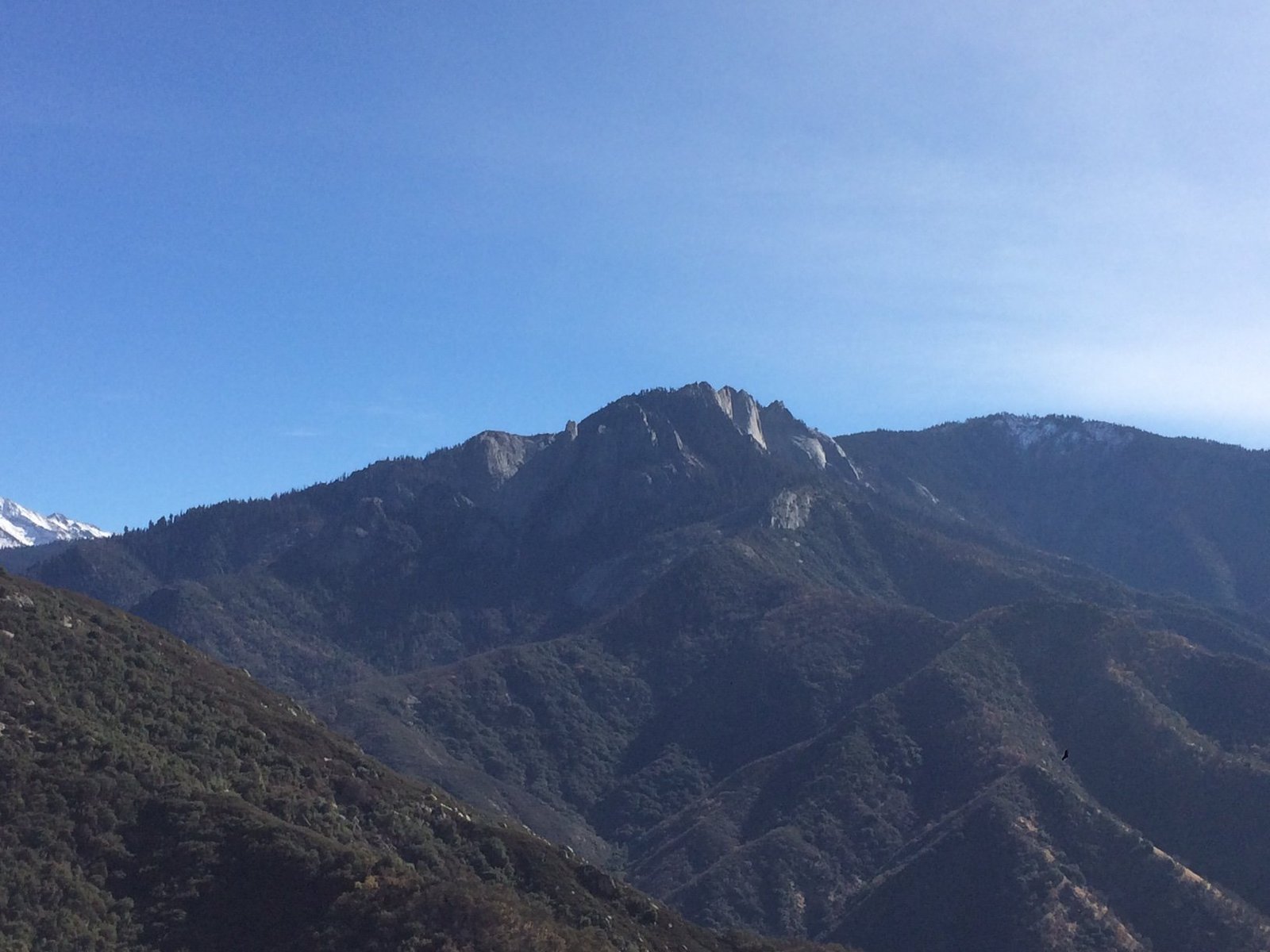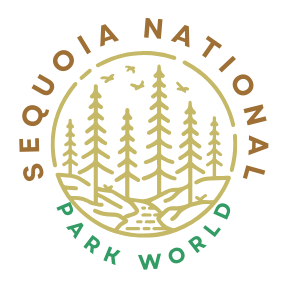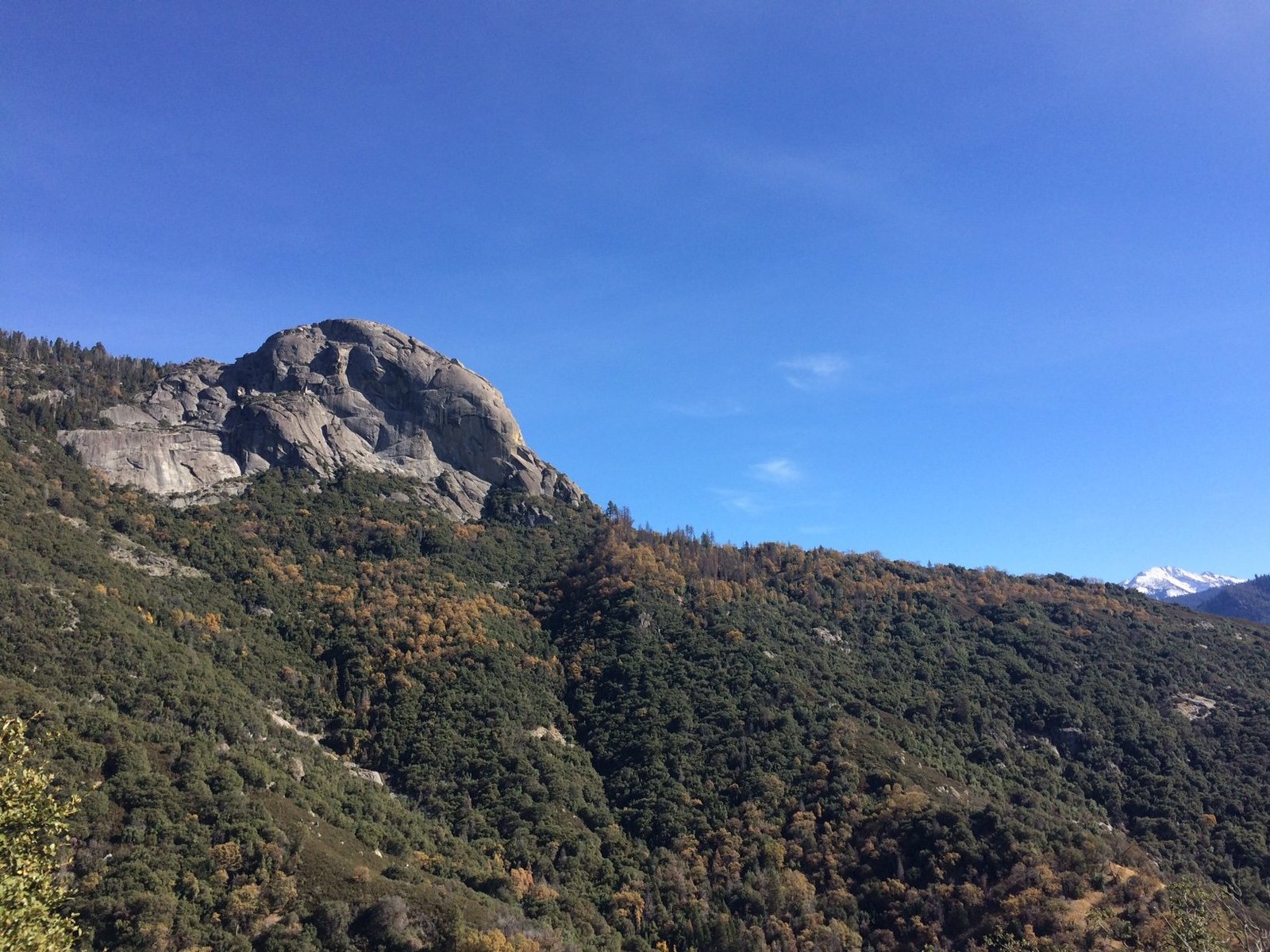Calaveras Big Trees State Park and Sequoia National Park are two of California’s most awe-inspiring natural wonders. Both parks are home to towering giant sequoias, offering visitors a chance to walk among some of the largest and oldest living organisms on Earth. While Calaveras Big Trees is a smaller state park known for its accessibility and intimate forest experiences, Sequoia National Park is a vast wilderness area with diverse ecosystems and iconic landmarks. This guide explores the unique features, camping options, hiking trails, and visitor guidelines for both parks.
What Are the Main Attractions in Calaveras Big Trees State Park?

Calaveras Big Trees State Park is renowned for its two groves of giant sequoias: the North Grove and the South Grove. The North Grove is more accessible and features the “Discovery Tree,” the first giant sequoia discovered by Augustus T. Dowd in 1852. Visitors can walk through the hollowed-out base of the fallen “Pioneer Cabin Tree” and marvel at the “Mother of the Forest,” a massive sequoia that stands as a testament to nature’s grandeur.
Key attractions include:
- North Grove Trail
- South Grove Trail
- Stanislaus River
- Beaver Creek
- Visitor Center with educational exhibits
How Does Sequoia National Park Differ from Calaveras Big Trees?

While both parks showcase giant sequoias, Sequoia National Park offers a more expansive and diverse experience:
- Size: Sequoia National Park covers 404,064 acres compared to Calaveras Big Trees’ 6,498 acres.
- Elevation: Sequoia ranges from 1,370 to 14,494 feet, offering diverse ecosystems.
- Landmarks: Features iconic sites like General Sherman Tree, the largest tree on Earth by volume.
- Wildlife: Home to a wider variety of animals, including black bears and mountain lions.
- Activities: Offers more extensive backcountry hiking and camping opportunities.
What Camping Options Are Available at Calaveras Big Trees State Park?
Calaveras Big Trees State Park offers several camping options to suit different needs:
Developed Campgrounds
- North Grove Campground
- 73 campsites for tents and RVs (up to 30 feet)
- Open year-round (some sites closed December to February)
-
Amenities: flush toilets, hot showers, picnic tables, fire rings
-
Oak Hollow Campground
- 55 campsites for tents and RVs
- Open May 1 to September 31
- Similar amenities to North Grove
Environmental Campsites
- 5 primitive, walk-in sites
- Each site includes: picnic table, fire ring, bear locker
- Capacity: up to 8 people
- Cost: $25 per night
- No pets allowed
Group Campsites
- Upper Group Camp
- Accommodates 9-60 people
-
Cost: $200 per night
-
Lower Group Camp
- Accommodates 9-40 people
- Cost: $135 per night
Both group sites have restrooms with coin showers and running water.
How Can I Reserve a Campsite at Calaveras Big Trees?
To reserve a campsite at Calaveras Big Trees State Park:
- Visit the ReserveCalifornia website
- Call (800) 444-PARK (7275)
- Reservations can be made up to six months in advance
- Standard campsite fees: $35 per night for up to 8 people and one vehicle
- Additional vehicle fee: $8 per night
What Are the Must-See Hiking Trails in Sequoia National Park?
Sequoia National Park boasts an extensive network of trails catering to various skill levels:
- Congress Trail
- Length: 2-mile loop
- Difficulty: Easy to moderate
-
Highlights: Giant Forest, General Sherman Tree
-
Alta Peak Trail
- Length: 13 miles round-trip
- Difficulty: Strenuous
-
Highlights: Views of Great Western Divide and Kaweah Peaks
-
Moro Rock Trail
- Length: 1/4 mile (steep climb)
- Difficulty: Moderate
-
Highlights: Panoramic views from the top of Moro Rock
-
Crystal Lake Trail
- Length: 3.5 miles round-trip
- Difficulty: Moderate
- Highlights: Picturesque lake surrounded by sequoias
What Should I Know About the Scenic Drive Through Calaveras Big Trees?
The scenic drive through Calaveras Big Trees State Park offers:
- Route along Highway 4, passing through the park
- Access to North Grove and South Grove of giant sequoias
- Views of Stanislaus River and Beaver Creek
- Stops at various picnic areas and trailheads
Key points of interest:
- Visitor Center
- Campfire Center
- North Grove Meadow (great for stargazing and wildflowers)
Note: Check road conditions in winter, as snow may cause closures or restrictions.
What Are the Visitor Guidelines for Both Parks?
Calaveras Big Trees State Park
- Parking: Available at campgrounds and near trailheads
- Pets: Allowed in developed campgrounds on a 6-foot leash, not permitted on trails
- Food Storage: Mandatory use of bear lockers for food and scented items
- Fire Safety: Follow all fire regulations and seasonal restrictions
Sequoia National Park
- Parking: Available at various trailheads and attractions
- Pets: Generally not allowed on trails, permitted in developed areas on a leash
- Food Storage: Proper storage required to protect wildlife
- Accessibility: Many trails and facilities are accessible, but some may have restrictions
How Can I Make the Most of My Visit to Both Parks?
To maximize your experience at Calaveras Big Trees and Sequoia National Park:
- Plan your visit during the peak season (May to September) for best weather and accessibility
- Book campgrounds in advance, especially for summer weekends
- Attend ranger-led programs for educational insights
- Bring appropriate gear for hiking and varying weather conditions
- Follow Leave No Trace principles to preserve the parks’ natural beauty
- Check park websites for current conditions and event schedules
- Allow ample time to explore both parks, as they offer distinct experiences
By following these guidelines and exploring the unique features of each park, visitors can create unforgettable memories among the giant sequoias and diverse landscapes of Calaveras Big Trees State Park and Sequoia National Park.

